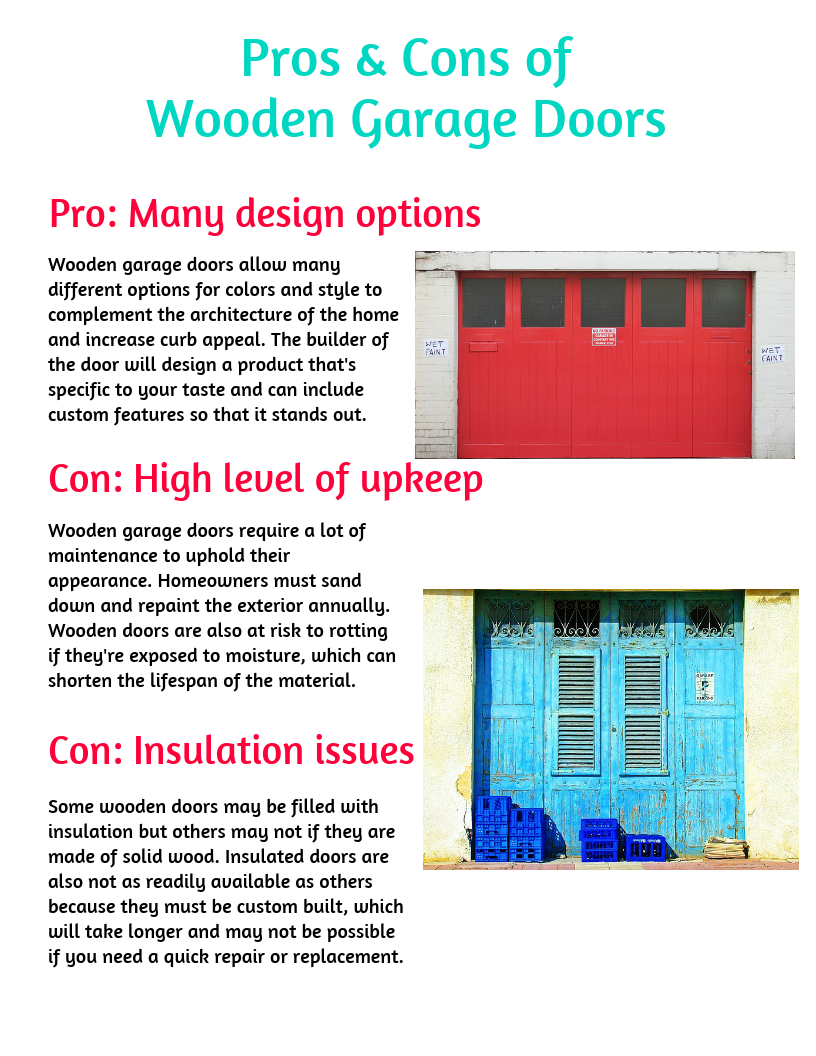The Very Best Pressure Cleaning Techniques For Each Surface
The Very Best Pressure Cleaning Techniques For Each Surface
Blog Article
Personnel Writer-Lassen Nixon
When it concerns push cleaning, the technique you choose can make all the difference in achieving a tidy, streak-free surface. You could locate that difficult surface areas, like concrete, call for a different technique than softer products, such as timber or vinyl. It's necessary to adjust your techniques to the surface kind to prevent damages while taking full advantage of cleansing efficiency. So, what are the very best techniques for every surface area, and exactly how can you ensure you're using the appropriate setups and devices for the work? Let's explore what you need to understand to get the very best results.
Difficult Surfaces
When it involves push washing hard surfaces, prep work is essential. Before you even think of pulling out the stress washer, take the time to remove the location of any debris, furniture, or barriers. window washing products don't desire anything getting in your way or possibly harmful your equipment.
Next, check the surface area for any splits or damages; this will help you determine the best approach and pressure settings.
Once you have actually prepared the area, it's necessary to pick the right nozzle. For visit this web-site like concrete or block, a slim nozzle (15 or 25 degrees) works best to supply a focused stream of water that can properly eliminate grime and spots. Constantly begin at a distance and gradually move closer to prevent any type of surface damage.
As you begin cleaning, maintain the stick transferring to avoid streaks and over-saturation. It's likewise valuable to function from the top down, enabling dirt and particles to get rid of normally.
Ultimately, bear in mind to wash the surface area extensively after cleaning to get rid of any kind of leftover cleaning agent. With these methods, you'll attain a clean and rejuvenated appearance on all your hard surface areas.
Soft Surfaces
Stress cleaning soft surface areas calls for a gentler strategy to safeguard them from damage. Whether you're cleaning your deck, patio area furnishings, or siding, using too much pressure can result in dents, scrapes, or perhaps permanent harm.
Beginning by picking a low-pressure nozzle, ideally a 25-degree or broader spray pattern, to spread the water much more carefully.
Before you begin, it's vital to pre-treat any kind of spots with an ideal cleansing remedy. This action enables the cleaner to permeate the dust and crud, making it easier to wash away without rubbing too hard.
Constantly use the remedy from all-time low approximately stop spotting.
When you begin pressure washing, keep a range of a minimum of 12 to 18 inches from the surface. Relocate your wand in a sweeping motion, keeping it parallel to the surface to prevent concentrated pressure on one area.
Wash the location completely after cleaning up to remove any type of residual cleaner.
Finally, evaluate the surface for any kind of missed out on areas and duplicate the process if required. By following these steps, you can efficiently clean soft surface areas while protecting their honesty and look.
Specialty Surfaces
Cleaning soft surfaces requires care, but specialty surface areas require much more attention to detail. When Read the Full Document take on these surface areas, like fragile wood, stained concrete, or particular kinds of home siding, making use of the right stress cleaning methods is crucial to stay clear of damage.
Initially, evaluate the product. As an example, treated timber can often endure moderate pressure, however softer woods like cedar may require a reduced setup. Always start with the most affordable pressure and gradually enhance if required.
For tarnished concrete, make use of a follower spray nozzle and maintain a regular distance to stop engraving the surface.
When handling surface areas like vinyl siding or painted surfaces, a large spray pattern assists distribute the pressure uniformly, securing the finish.
It's likewise smart to utilize detergents particularly developed for specialized surfaces. They can enhance cleaning without jeopardizing the material.
Rinse extensively after cleaning to get rid of any kind of deposit, as it can lead to discoloration or wear and tear in time.
Final thought
In conclusion, grasping stress washing methods for different surfaces can make all the difference in your cleansing outcomes. For hard surface areas, adhere to slim nozzles and a top-to-bottom technique, while soft surfaces need a gentler touch with broader nozzles. Do not neglect to pre-treat spots and rinse extensively to stay clear of deposit. By adjusting your approaches to each material, you'll not just accomplish a cleaner surface yet likewise protect the honesty of your surfaces. Pleased cleansing!
